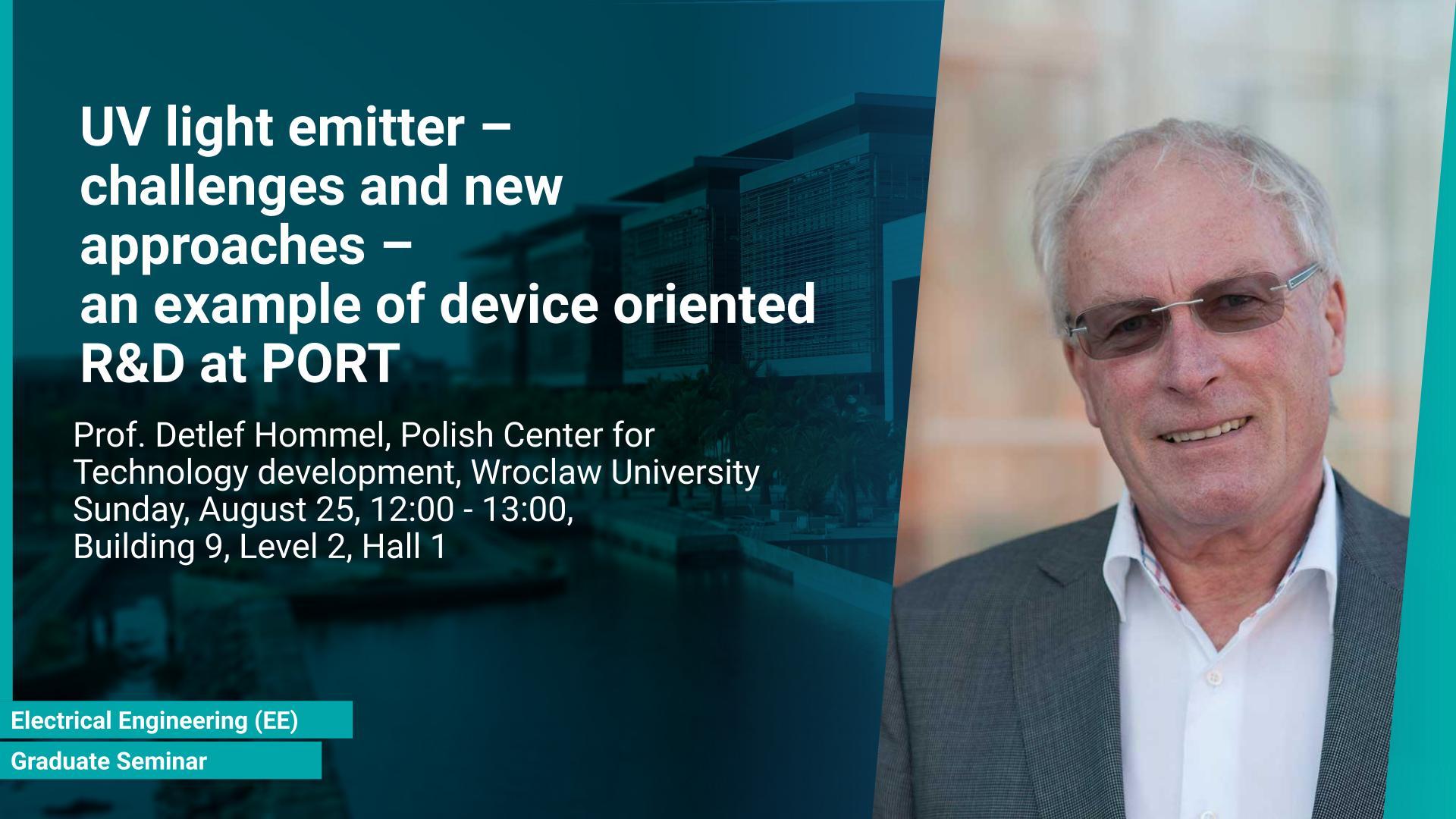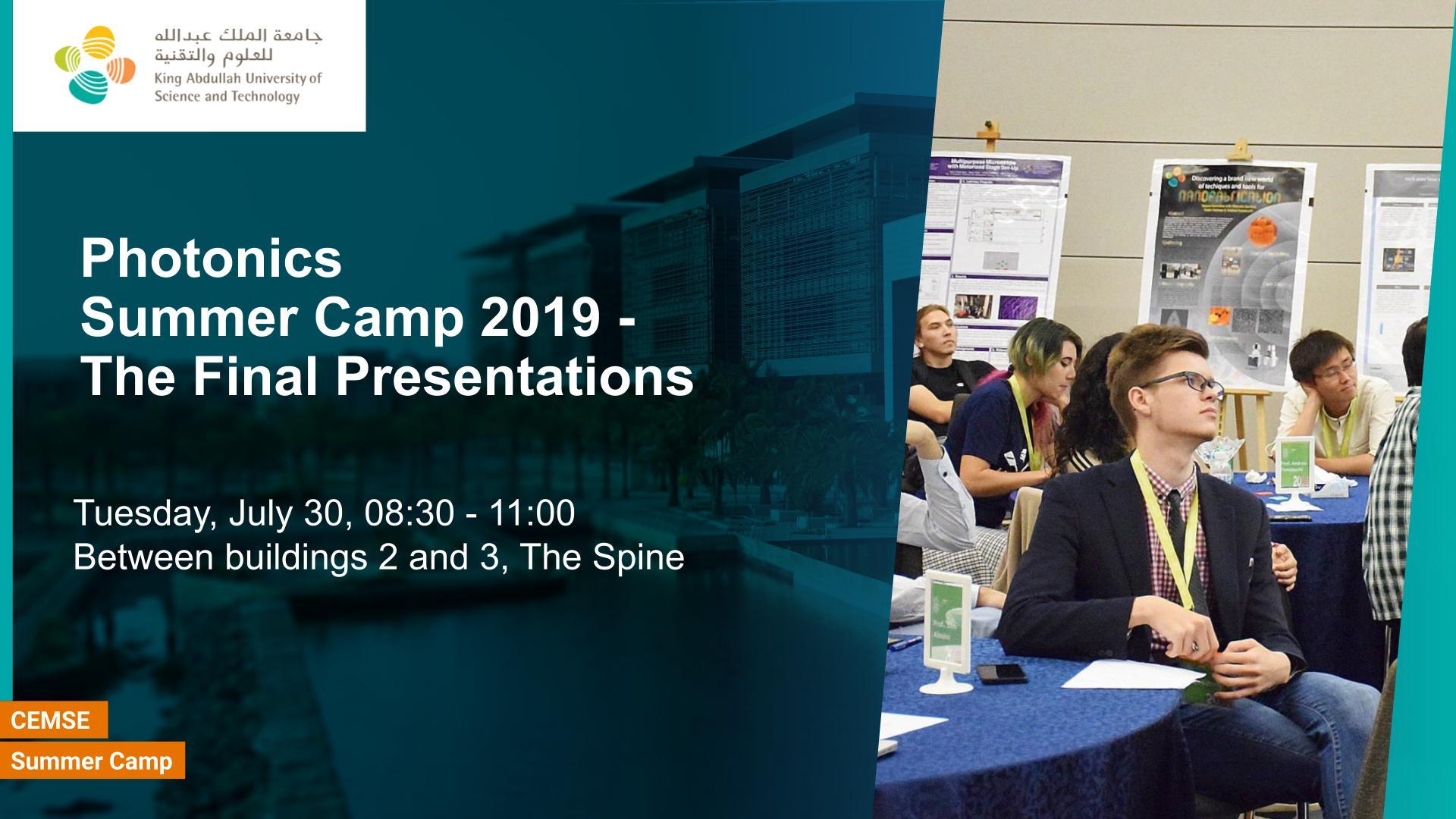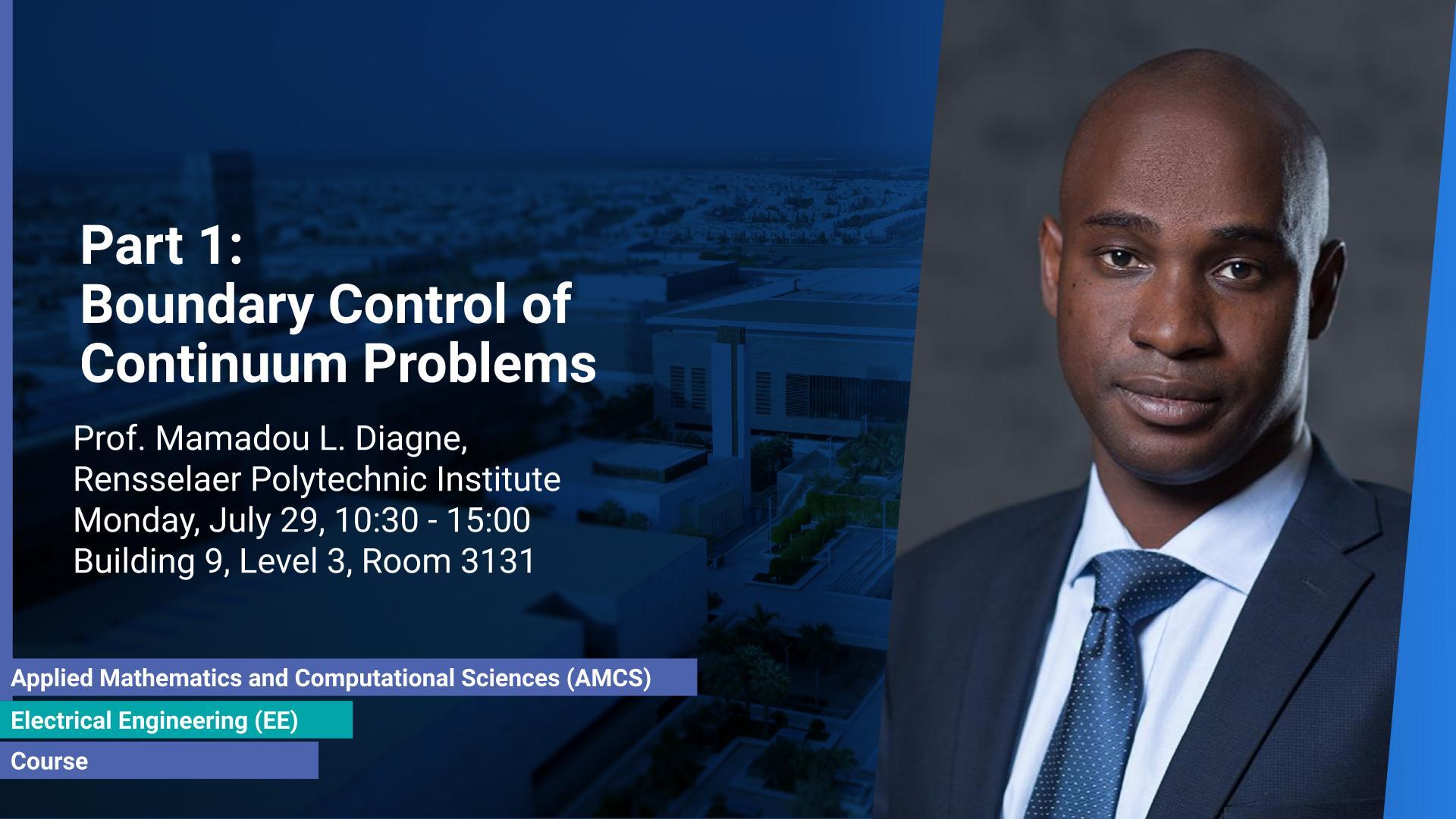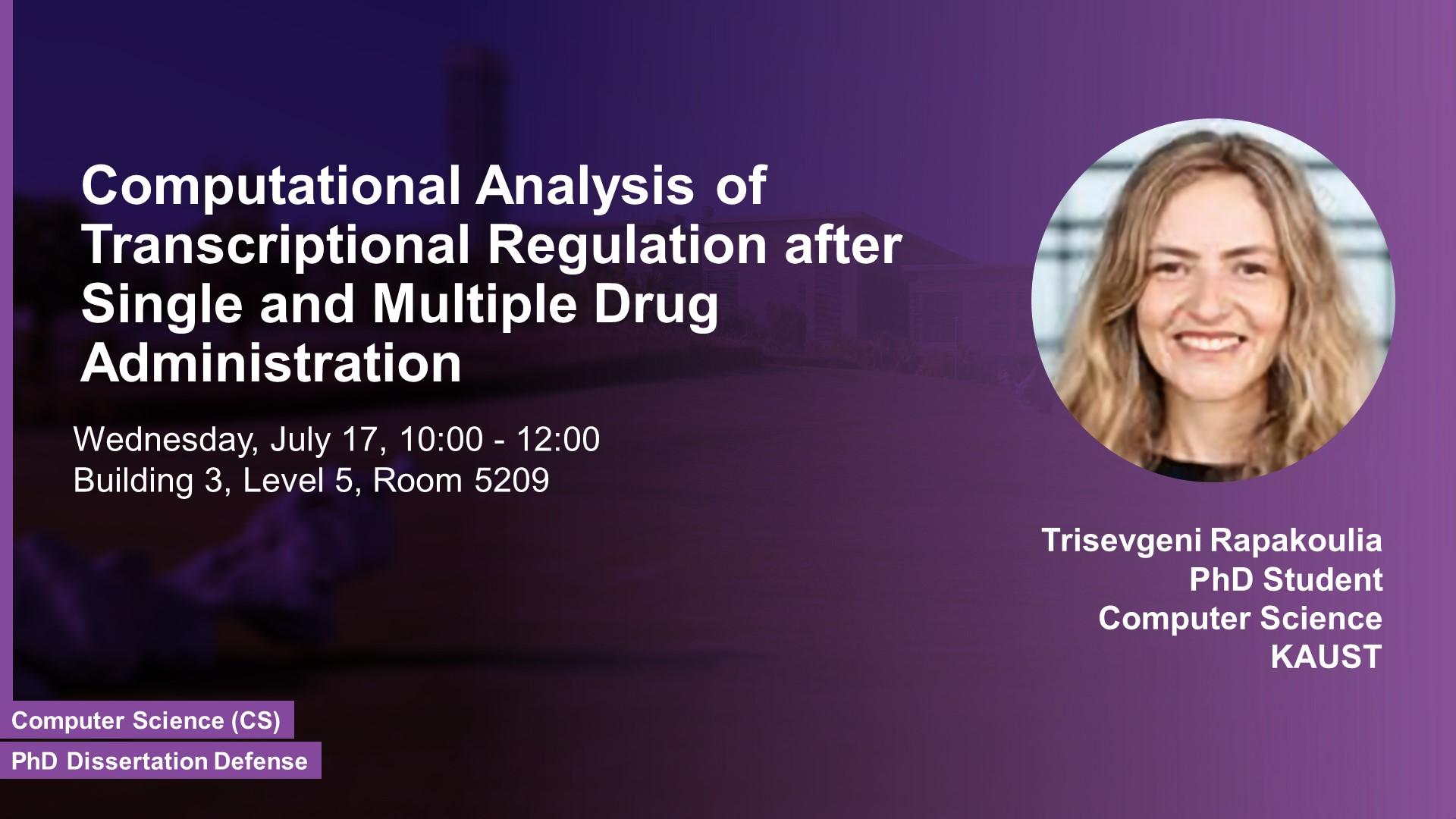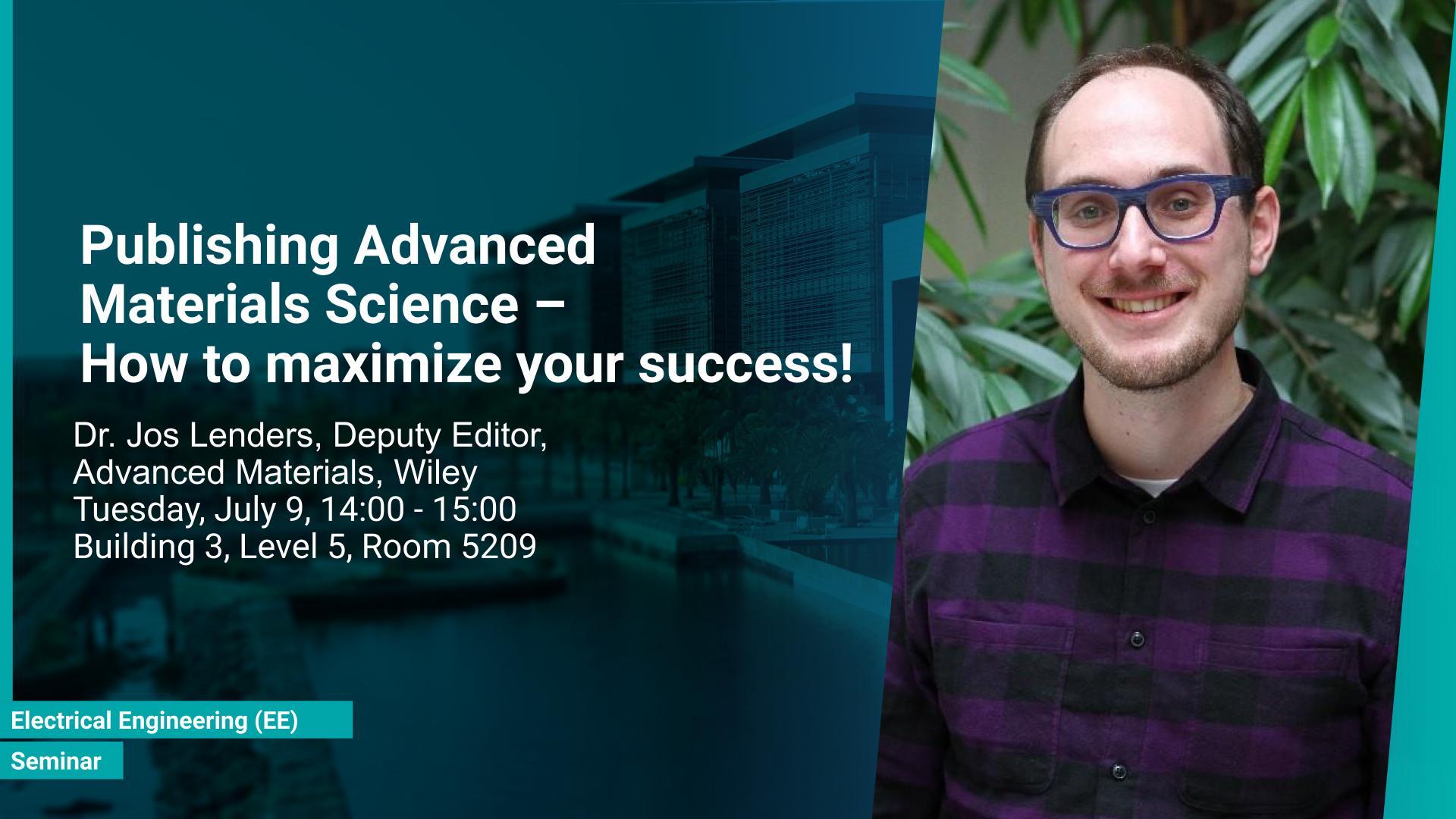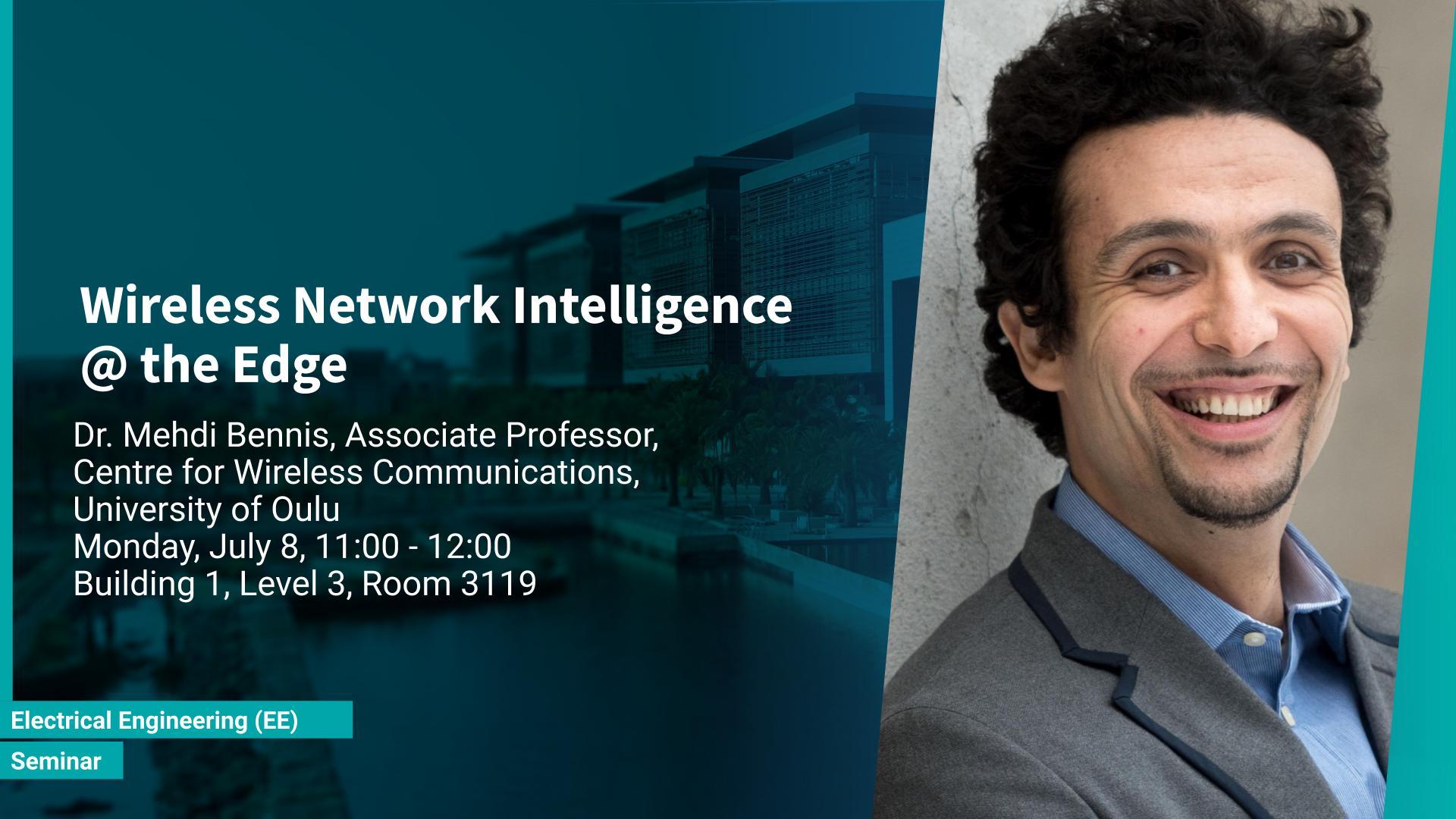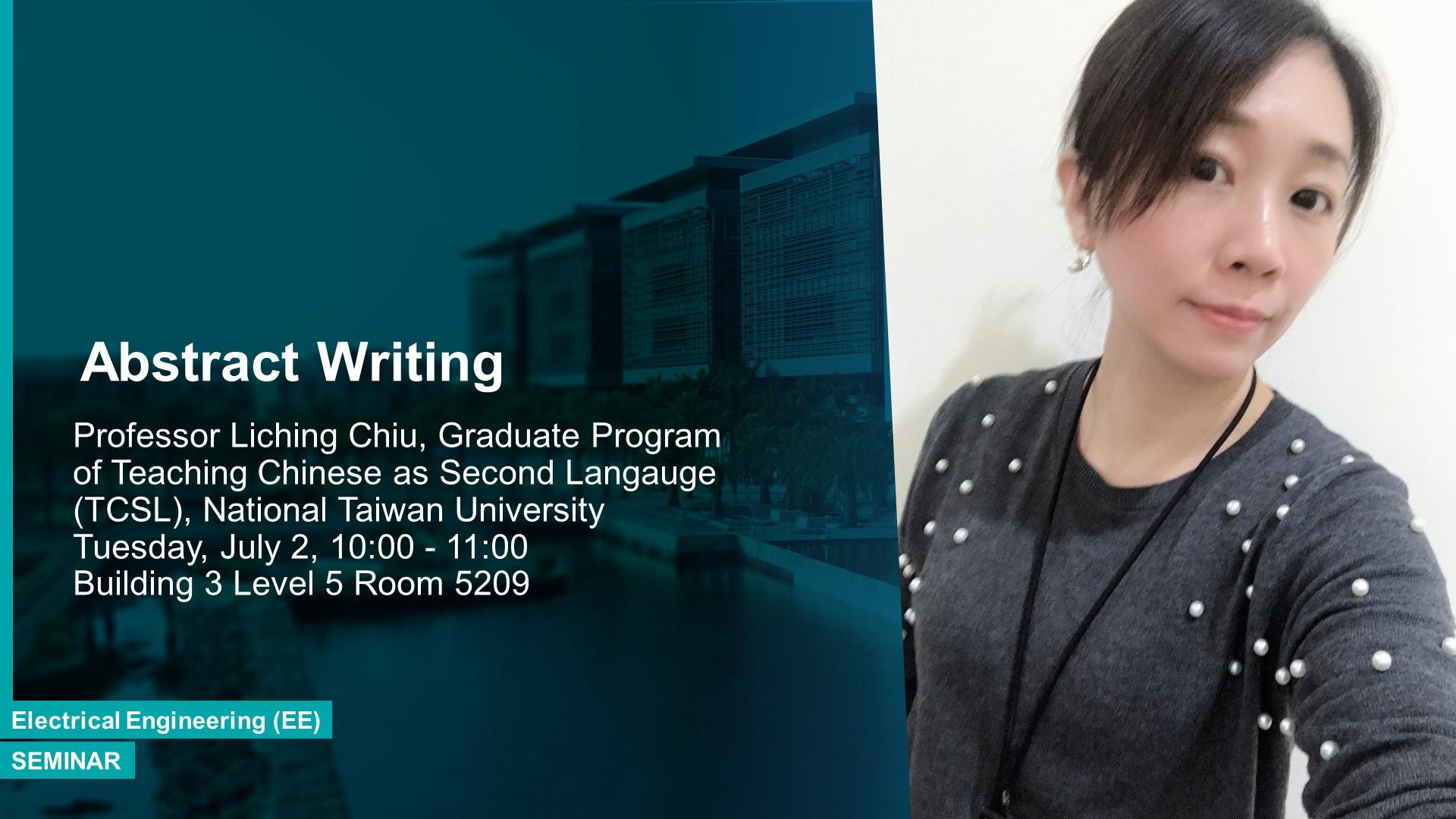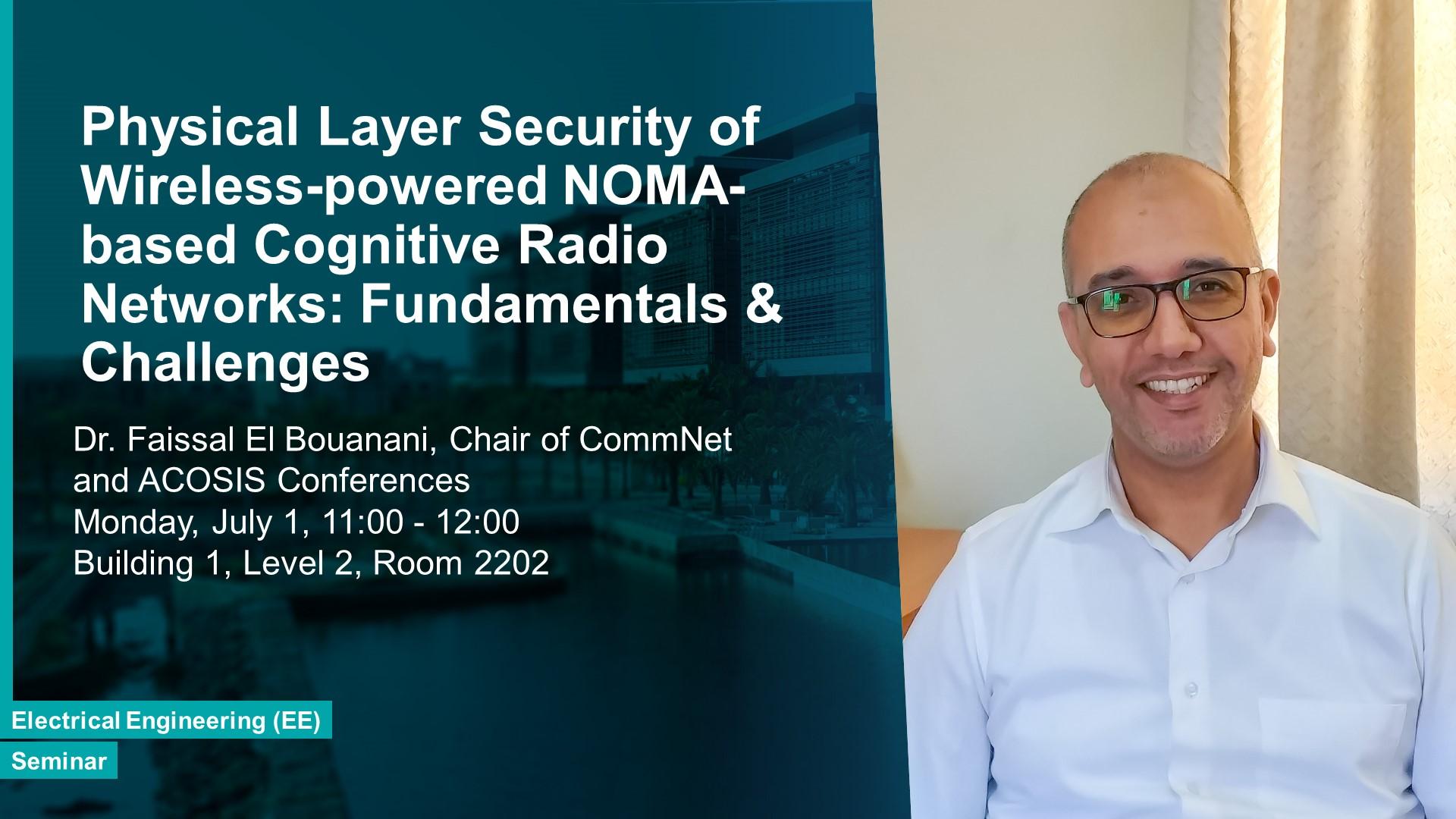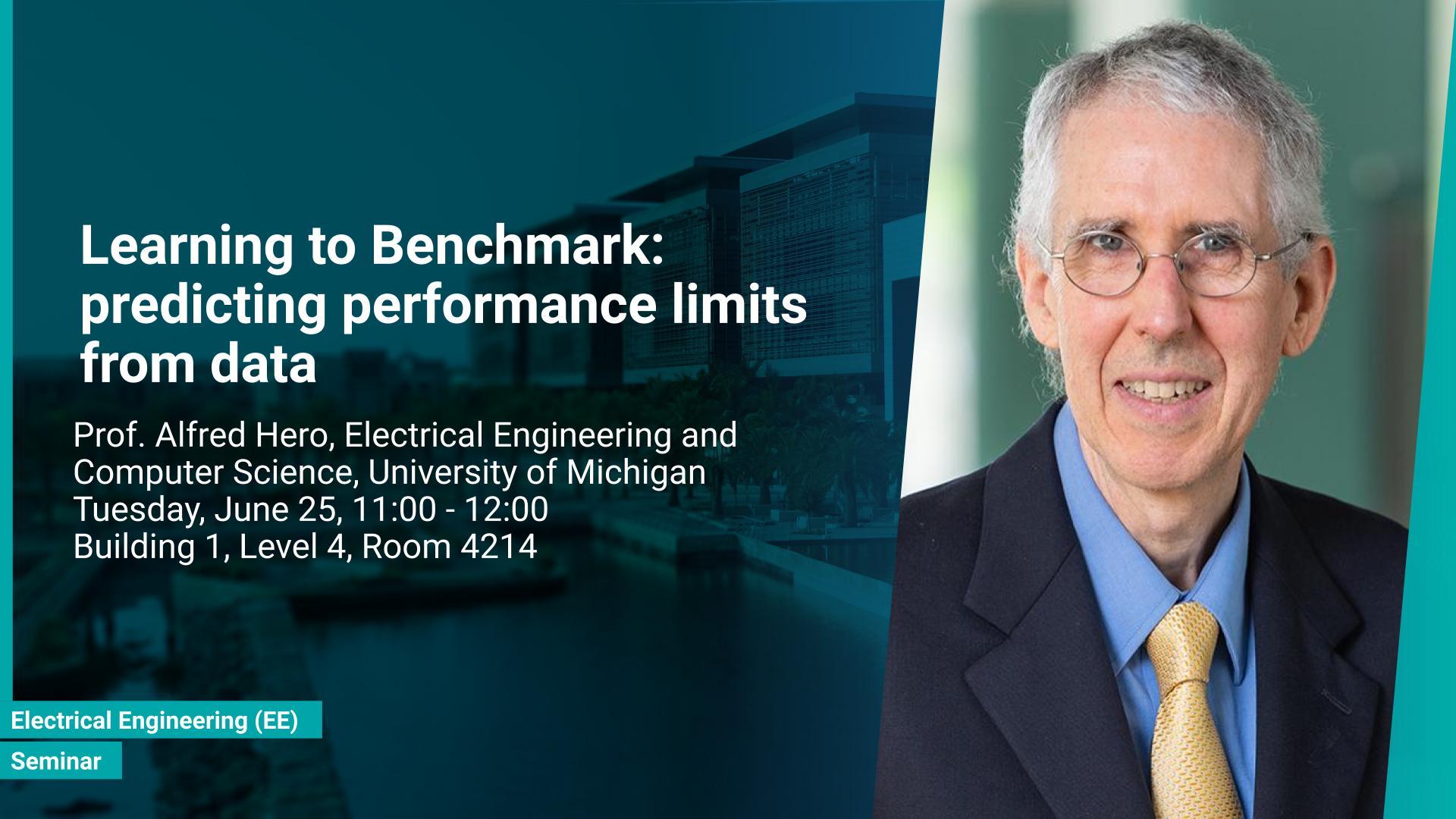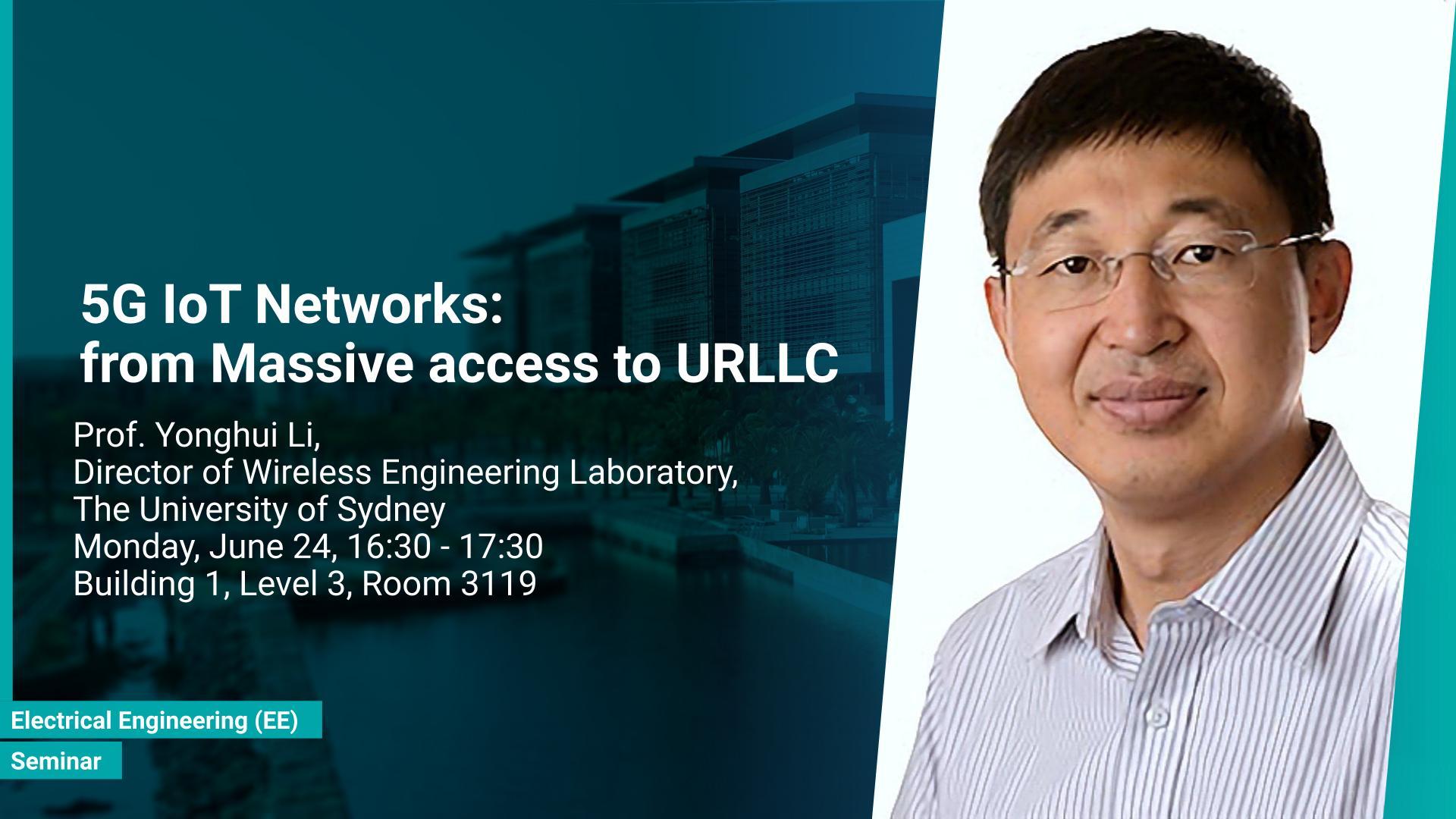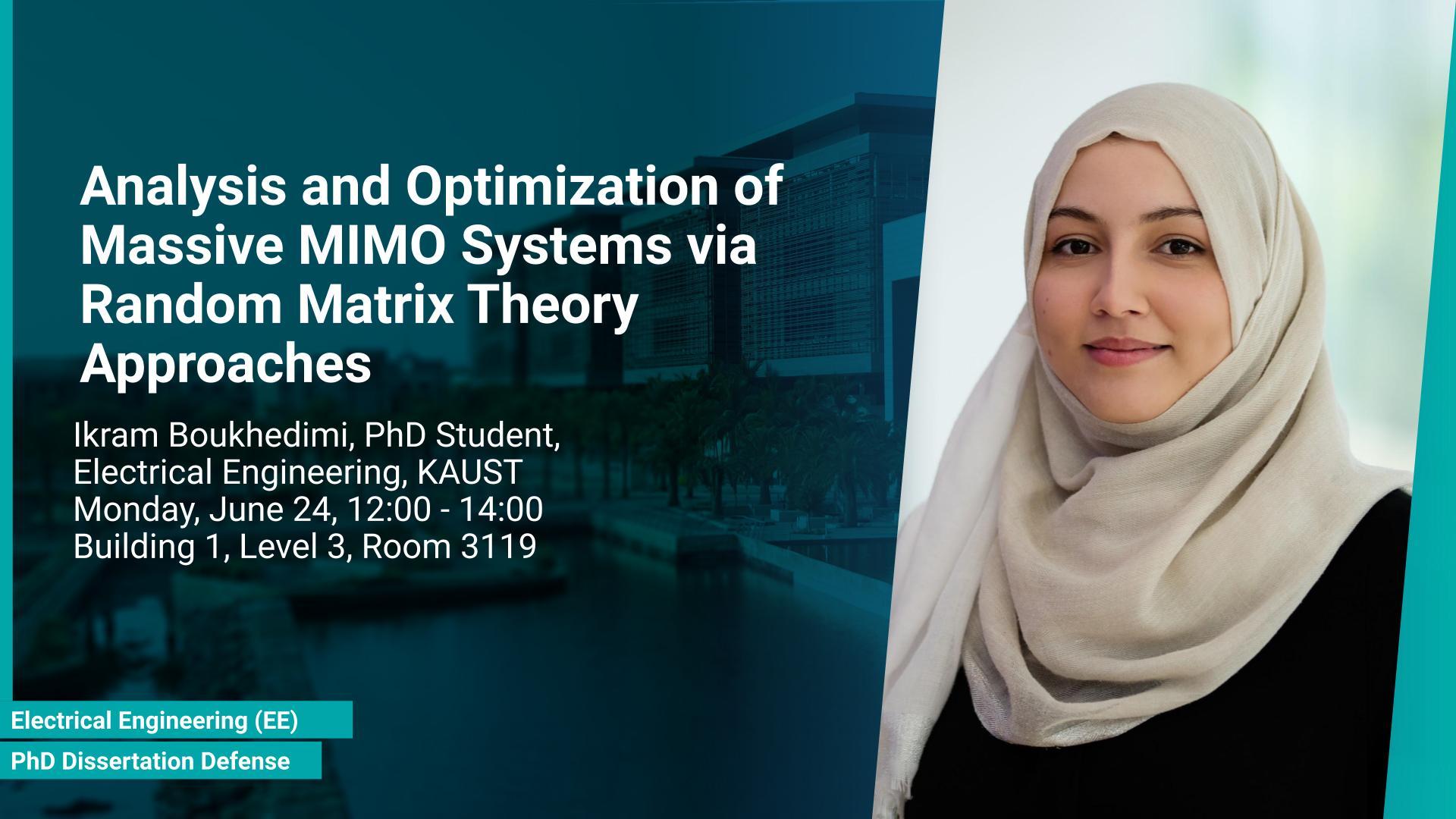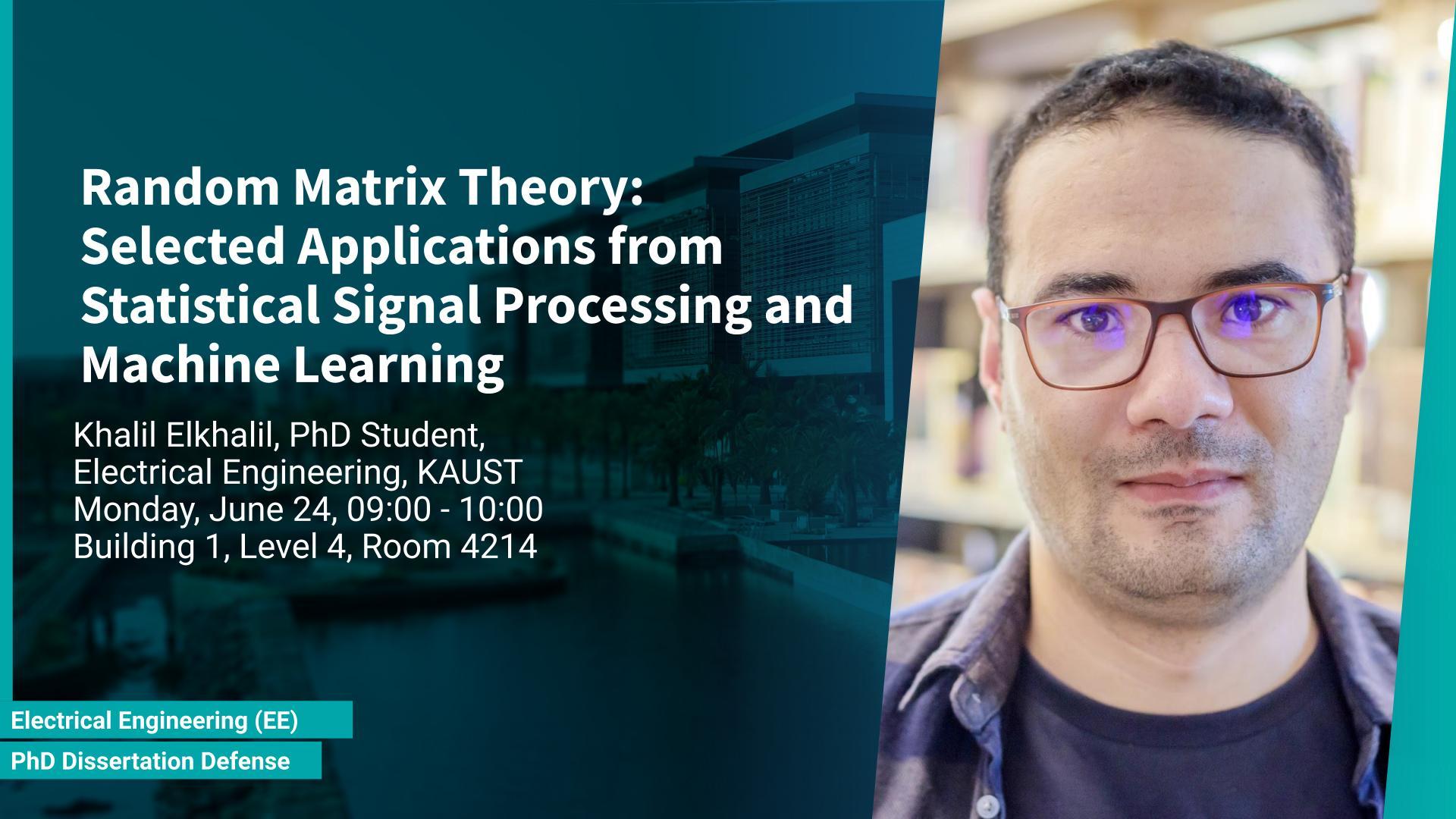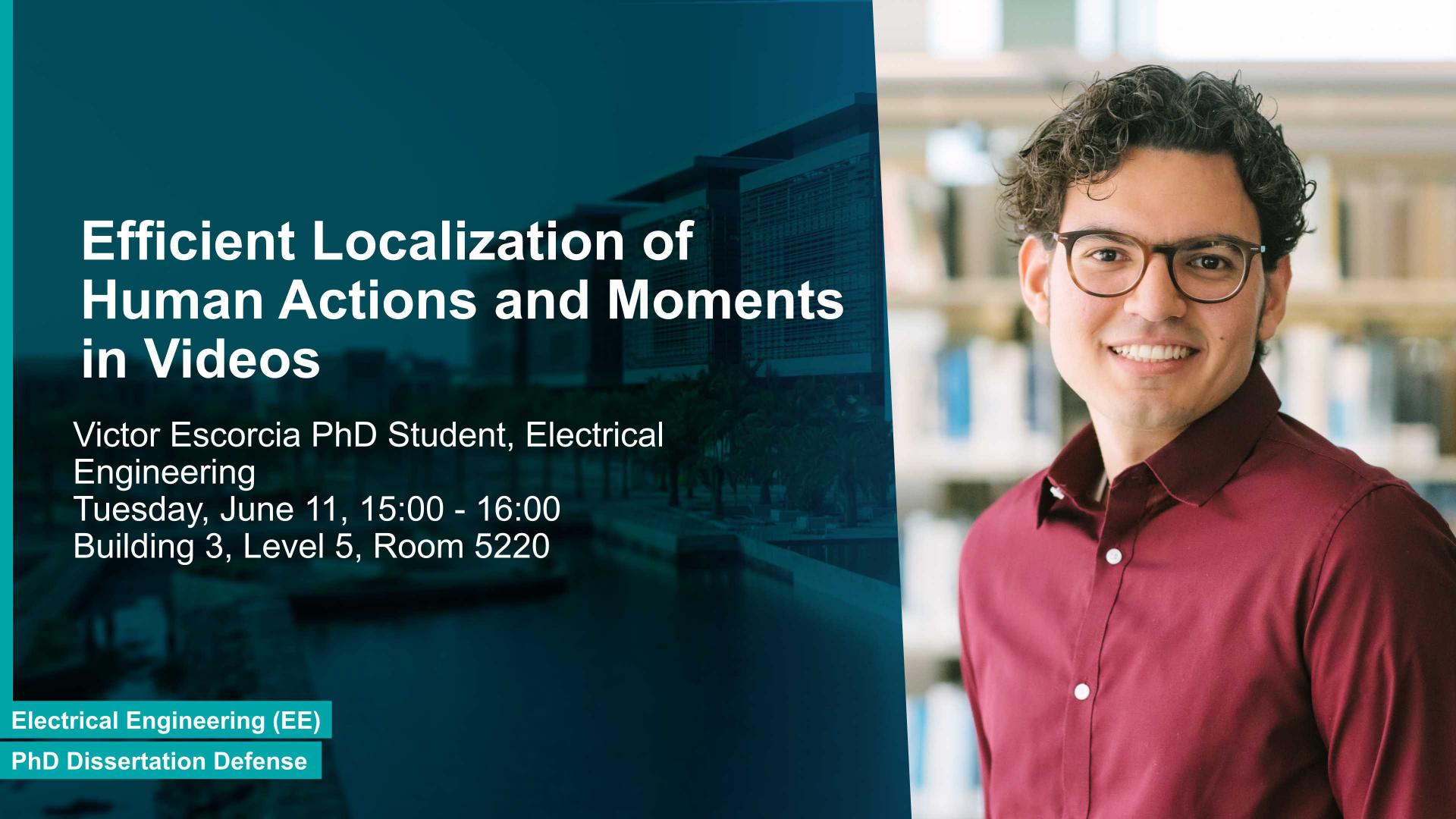Interim Associate Director,
Computational Bioscience Research Center
Monday, August 26, 2019, 12:00
- 13:00
Building 9, Level 2, Hall 1
Contact Person
The life sciences have invested significant resources in the development and application of semantic technologies to make research data accessible and interlinked, and to enable the integration and analysis of data. Utilizing the semantics associated with research data in data analysis approaches is often challenging. Now, novel methods are becoming available that combine symbolic methods and statistical methods in Artificial Intelligence. In my talk, I will describe how to apply knowledge-based methods for the analysis of biological and biomedical data, in particular identification of gene-disease associations and drug targets.


